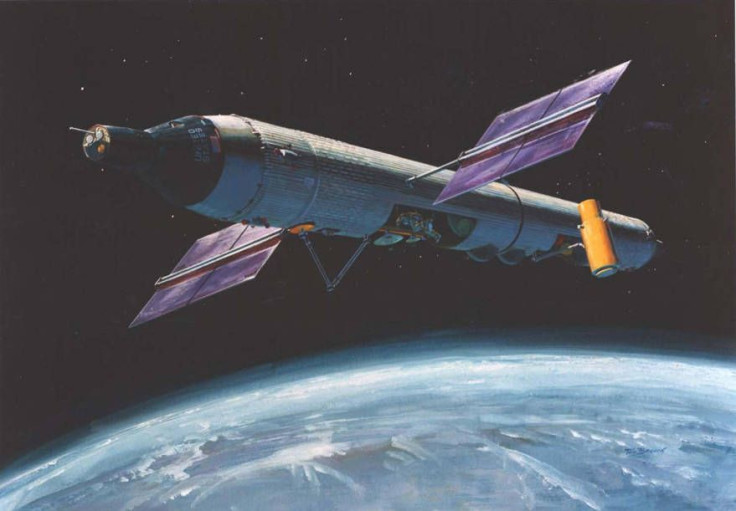NASA’s Secret Cold War Spy Mission Revealed By Declassified Files

KEY POINTS
- NASA was working on a post-Cold War spy mission
- The mission's goal was to spy on other satellites
- MOL involves deploying spies in space
Declassified files revealed that NASA planned to launch a secret Cold War mission that involves deploying spies in space. Just like James Bond, NASA even had a spacesuit with the designation 007.
The mission, dubbed as Manned Orbiting Laboratory (MOL), was introduced to the public in 1963 right after the Cuban Missile Crisis, which almost sent Russia and the U.S. into an all-out nuclear war. It was disguised as an orbiting platform that would assist NASA’s missions to the Moon.
However, what the public initially did not know was that MOL was a joint mission between NASA and the U.S. Air Force. It involved deploying a crewed spacecraft into orbit to spy on the satellites of other countries. According to the Discovery Channel’s program “NASA’s Unexplained Files,” the MOL was intended to launch spies into space so they could carry out reconnaissance missions on other satellites.
Aside from the declassified documents related to MOL, the program also revealed the two spacesuits that would have been used for the mission. The spacesuits were labeled with the codes 007 and 008.
Experts said that the appearance of the spacesuits was very strange at that time because their design and colors did not match the other spacesuits used in existing spaceflight programs such as Apollo, Mercury and Gemini.
“They were similar to ones worn in the Sixties, but they were blue, which was not used in the US space programmer,” National Security Analyst Tom Nichols said according to Express. “They’re not from Mercury, they’re not from Gemini, and definitely not from Apollo and they only have two codes on them, 007 and 008.”
According to NASA, the astronauts who were selected to spearhead the MOL mission were Robert Crippen and Richard Lawyer, who both served as pilots for the U.S. Air Force.
Despite the preparations carried out for the MOL, the mission was canceled in 1969. Both NASA and the Air Force decided to scrap the mission after learning modern automated satellites could achieve the same objectives as space-based spies. In addition, using unpiloted satellites are much safer and cost-effective for the two agencies.
© Copyright IBTimes 2025. All rights reserved.





















